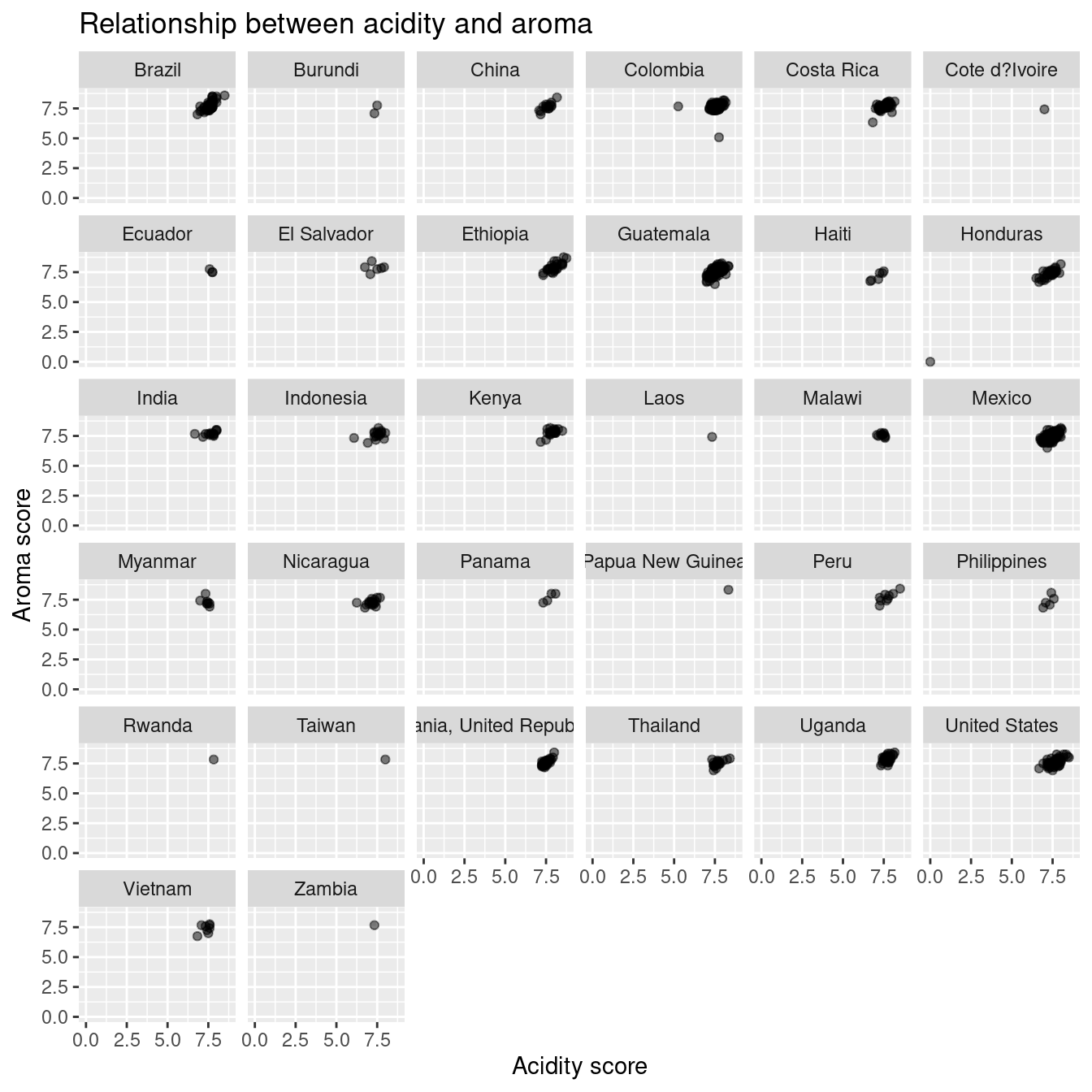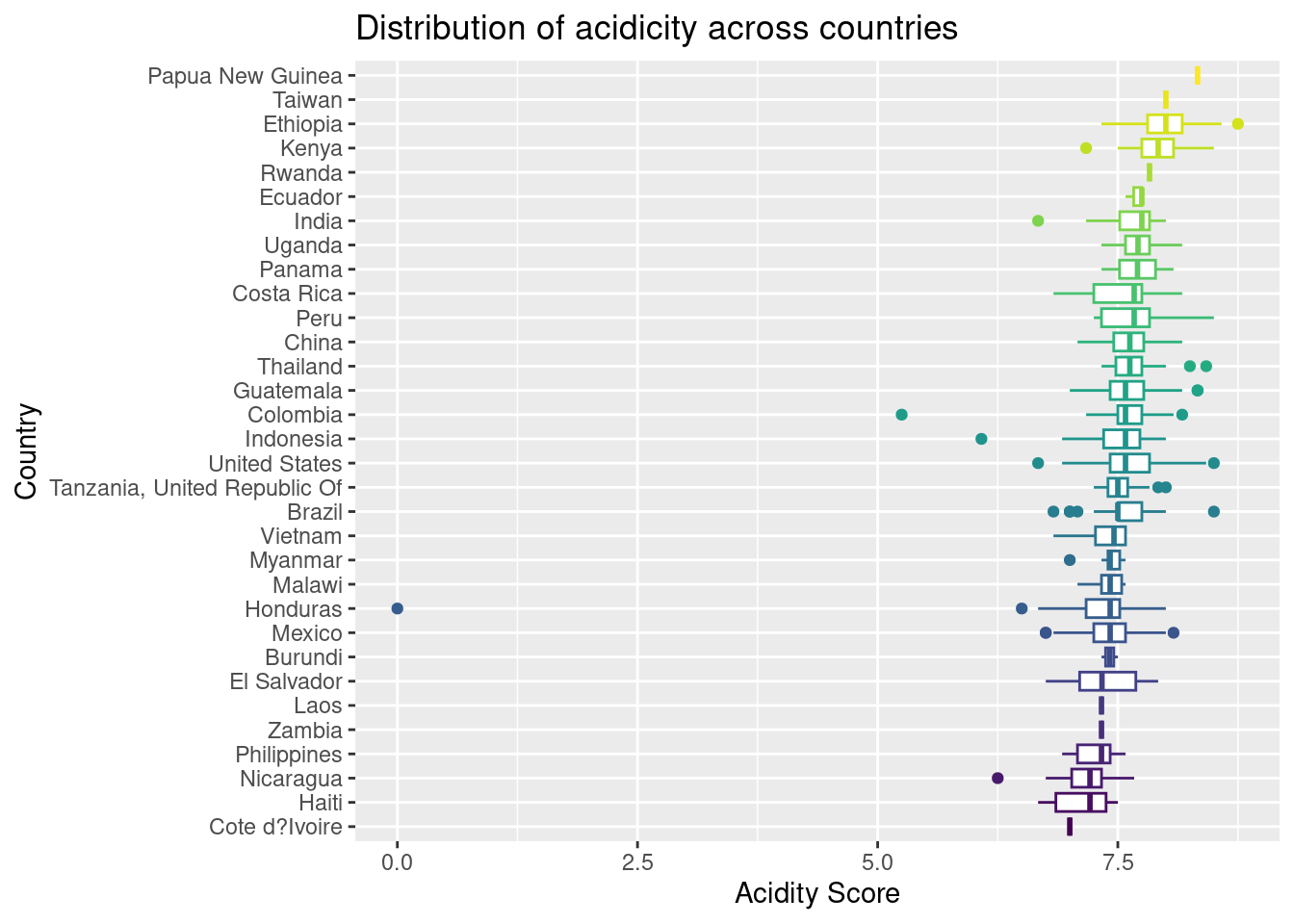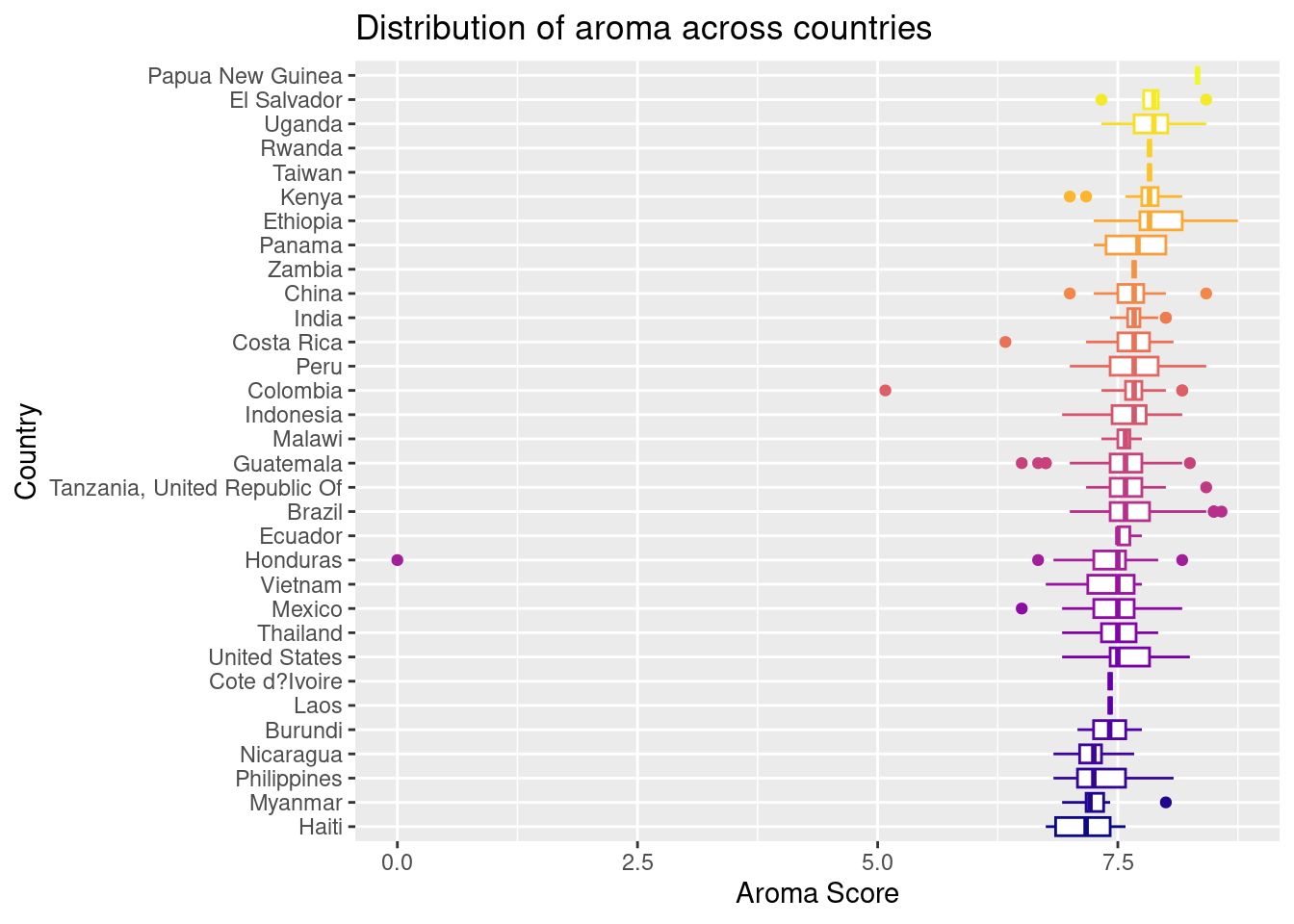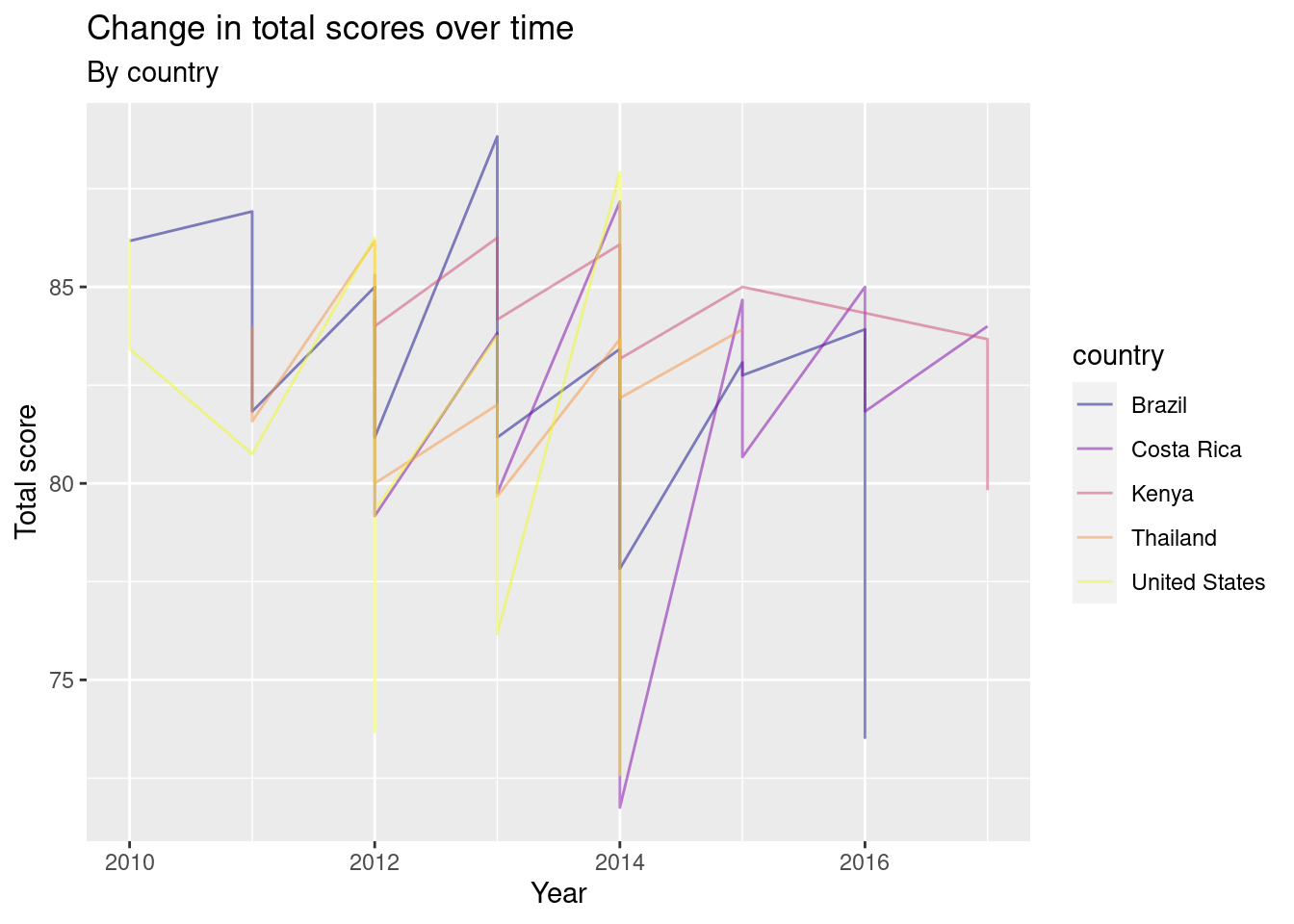library(tidyverse)── Attaching packages ─────────────────────────────────────── tidyverse 1.3.2 ──
✔ ggplot2 3.4.2 ✔ purrr 1.0.0
✔ tibble 3.2.1 ✔ dplyr 1.1.2
✔ tidyr 1.2.1 ✔ stringr 1.5.0
✔ readr 2.1.3 ✔ forcats 0.5.2
── Conflicts ────────────────────────────────────────── tidyverse_conflicts() ──
✖ dplyr::filter() masks stats::filter()
✖ dplyr::lag() masks stats::lag()library(tidymodels)── Attaching packages ────────────────────────────────────── tidymodels 1.0.0 ──
✔ broom 1.0.2 ✔ rsample 1.1.1
✔ dials 1.1.0 ✔ tune 1.1.1
✔ infer 1.0.4 ✔ workflows 1.1.2
✔ modeldata 1.0.1 ✔ workflowsets 1.0.0
✔ parsnip 1.0.3 ✔ yardstick 1.1.0
✔ recipes 1.0.6
── Conflicts ───────────────────────────────────────── tidymodels_conflicts() ──
✖ scales::discard() masks purrr::discard()
✖ dplyr::filter() masks stats::filter()
✖ recipes::fixed() masks stringr::fixed()
✖ dplyr::lag() masks stats::lag()
✖ yardstick::spec() masks readr::spec()
✖ recipes::step() masks stats::step()
• Learn how to get started at https://www.tidymodels.org/start/library(openintro)Loading required package: airports
Loading required package: cherryblossom
Loading required package: usdata
Attaching package: 'openintro'
The following object is masked from 'package:modeldata':
ameslibrary(skimr)
library(scales)
coffee <- read.csv("data/coffee.csv")
coffee <- coffee |>
select(Location.Country, Location.Region, Year, Data.Type.Species, Data.Scores.Aroma, Data.Scores.Flavor, Data.Scores.Aftertaste, Data.Scores.Acidity, Data.Scores.Balance, Data.Scores.Sweetness, Data.Scores.Moisture, Data.Scores.Total) |>
rename(country = Location.Country, region = Location.Region, year = Year, species = Data.Type.Species, aroma_score = Data.Scores.Aroma, flavor_score = Data.Scores.Flavor, aftertaste_score = Data.Scores.Aftertaste, acidity_score = Data.Scores.Acidity, balance_score = Data.Scores.Balance, sweetness_score = Data.Scores.Sweetness, moisture_score = Data.Scores.Moisture, total_score = Data.Scores.Total)


